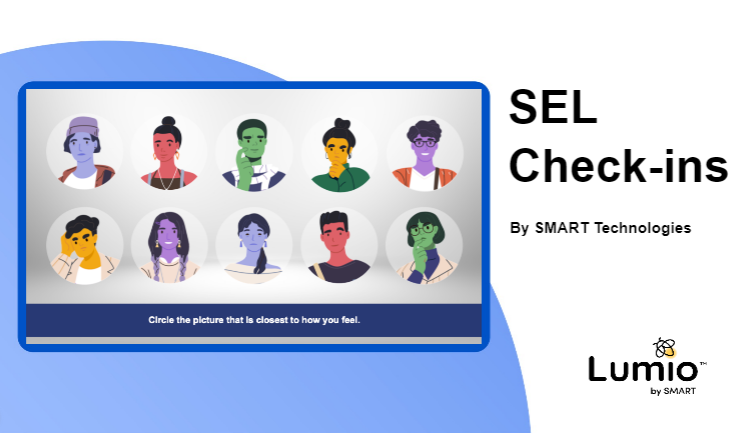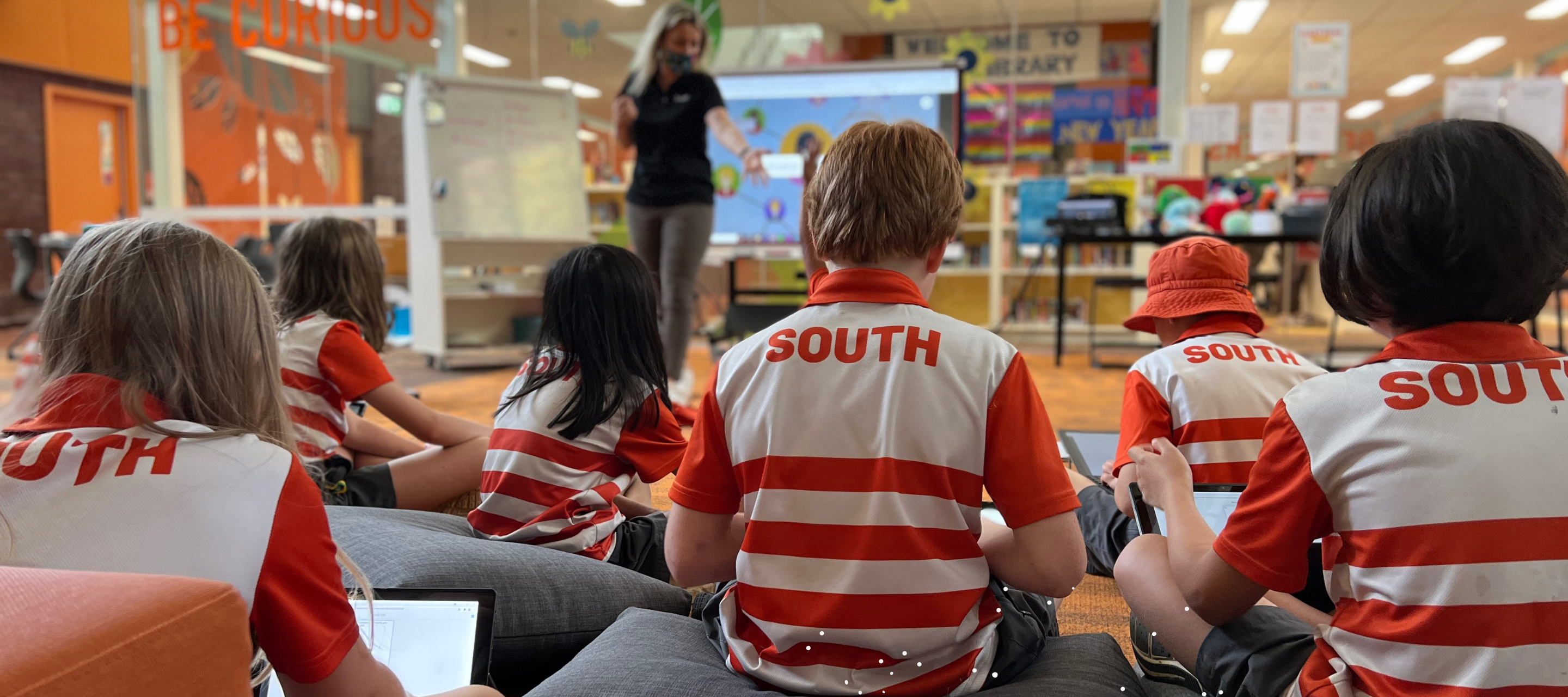The new school year can bring a lot of emotions to both teachers and students. New spaces, routines, friends, topics and challenges can lead to feeling stressed, overwhelmed and burnt out. The to-do list grows and grows but it feels like we just can’t tackle it all.
Mindfulness is the practice of being present in the moment and being aware of what is going on around you. Mindfulness comes without expectations of how you should feel and without judgment of your own thoughts.
It’s important to remain mindful through the chaos. While back-to-school time is full of exciting adventures, practicing mindfulness can help to cut through the feelings of frustration so you can savor the moments instead.
This new school year, bring a little mindfulness into your classroom! Not sure where to start? We’ve got you covered with four simple practices you can use by yourself and with your classroom.
1. Set an intention for the day
Take a few minutes at the beginning of the day to set an intention for yourself or with your students. This communicates a clear goal to your classroom that everyone can work towards accomplishing. You’re more likely to stay on task and complete milestones if you have a motivation or intention for the day. Remember that no intention is too small.
If your class is working towards a big goal or project, break it up into bite-sized steps and smaller milestones so you can all make progress without feeling overwhelmed by the larger task at hand.
2. Take a pause
A crowded brain is not a working brain. Step back for a moment, either by yourself or as a whole class, to be still, ground yourself in the room and focus on your breathing. You can start with closing your eyes and finding a comfortable seated position. The important part is to find something that feels good for your body and that you can develop into a habit. Meditation can look different to everybody. Find a practice that works best for you!
Try engaging your class in a quick, two-minute breathing exercise. First, inhale through your nose for five counts, then exhale out your mouth for five counts. Repeat this four to five times or until you feel ready to get back to work.
Another activity you can engage your students in, is an SEL Check-In. This will not only help to develop your student's emotional awareness but also allow you to see how your students are feeling that day. Add this SEL Check-In at the start of your day to see where your class is at in a quick glance.

3. Make time to move your body
Our brains work best when our bodies are active. Regular exercise can help ease anxiety by releasing feel-good endorphins and natural brain chemicals.
Try a whole class activity to get your bodies moving. You can run on the spot, walk the halls or even stretch. Taking time as a class to be active promotes these feel-good chemicals, releases any built-up anxiety, and gets our brains excited for learning.
4. Lumio Mindfulness lessons in partnership with Kooth
We’ve partnered with Kooth, the leading mental health digital space backed by research and data, to prove that mindfulness isn’t just a buzzword. We’ve created two ready-made lessons to introduce your students to the practice of mindfulness.
In these lessons, students can explore the idea of mindfulness, what it truly means, and how they can understand and manage their emotions to live in a mindful, healthy way every day. This lesson is based on research and clinical science from our partners at Kooth and combines active learning opportunities for your students to be engaged in mindfulness.
This new school year, make mindfulness a priority for yourself and for your class. Practice mindfulness to ease the back-to-school blues and savor these moments back in the classroom.
We’re proud to partner with Kooth, the digital mental health resource, to bring Lumio users SEL content that’s backed by science, data and research. Check out our ready-made Kooth lessons in Lumio for more SEL and wellness content for your classroom.



